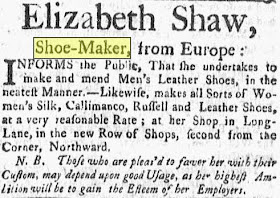I did a little research and found several possibilities for the origin of the name. Like many things, "victory rolls" seem to have been inspired but a combination of things. Here are a few of the reasons I found.
 |
| Bathing beauty in polka-dot bikini and awesome victory rolls |
 |
| Mary Beth Hughes |
- The hairstyle got the name from the "V" shape of the rolls when pinned
directly on top of your head in an upwards way. However, not all
victory rolls have this shape, there are many variations.
- The name was used to honor soldiers serving during WWII.
- The named for the hair style was copied from an aerial maneuver used by fighter pilots in WWII.
-
A great deal of energy was geared towards supporting the War Effort and "Victory"
for the allied forces. Victory Gardens, for example, as well as
salvaging and recycling items were extremely popular and were considered by many a patriotic duty. Sporting a "V" for victory hairstyle, pin, hat, or other accessory was just one small way to show your support.
 |
| A classic looking victory roll hairstyle |
 |
| Victory roll variation. Source - American Hairdresser, May 1945 |
Longer hair came into fashion in the late 1930s and early 1940s which was a change from the short or "bobbed" styles of the 1920s and early 1930s. Combine this with a shortage of metal (due do WWII) normally used for bobby pins and other hair clips and you have a need for a completely new up do. One reference said some women were using pipe cleaners to curl their hair due to the scarcity of mental bobby pins but I don't know how true that is.
Basic, or classic, victory rolls are created by taking two sections of hair, one on either side of the front of the head. The hair can be parted straight down the middle, as seen in the first two photos, or off to one side. Each section of hair is first wrapped around two fingers to create a loop then rolled in an upward direction to the scalp. The rolls are held in place with bobby pins. There are tons of tutorials and how-tos on YouTube and other places on the web about creating victory rolls so I wont go into further detail right now about creating them.
 |
| Margaret Bainum working at a machine in 1944. She was a machinist/lathe operator at Westinghouse Electric in Emeryville, CA for 2 years |
You can see more examples of victory roll hairstyles in last week's post on Linda Darnell.









































